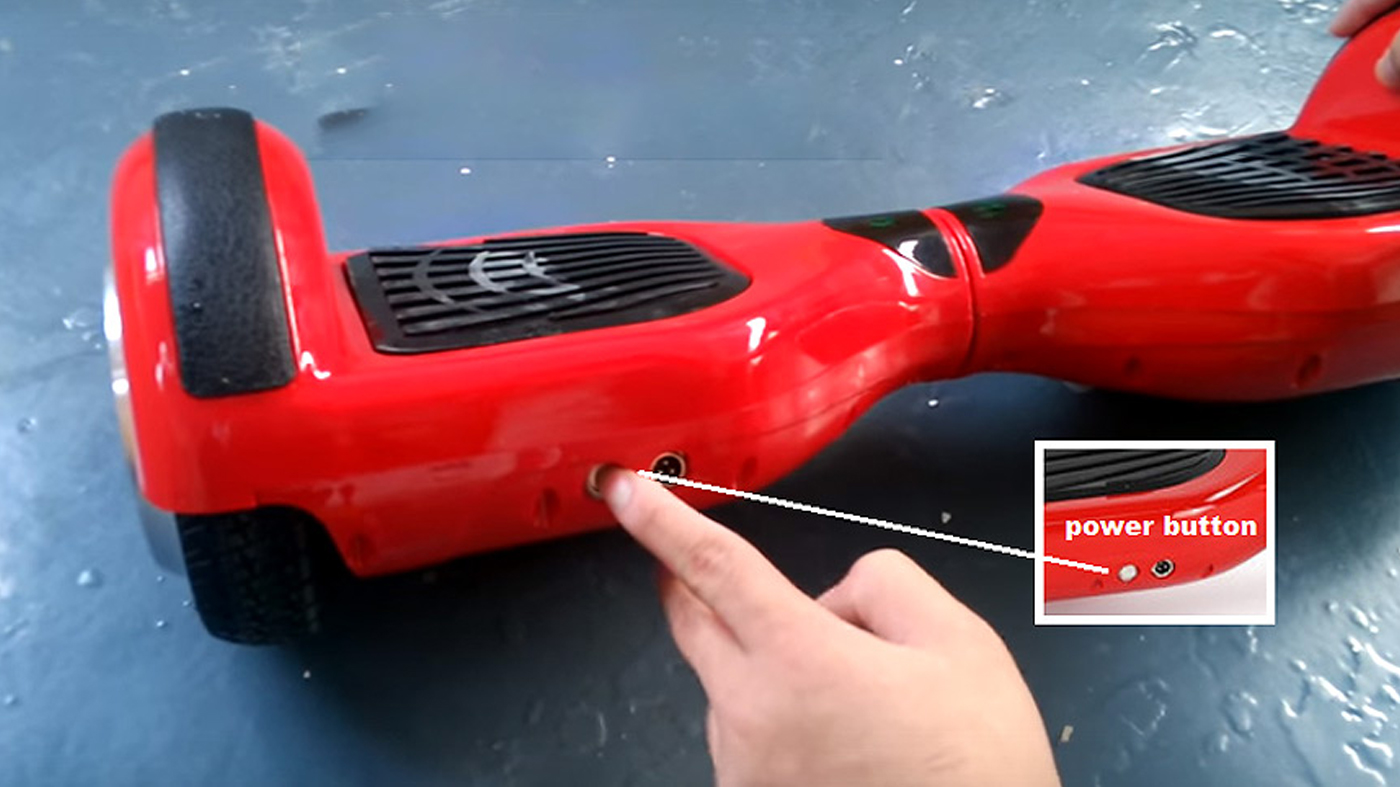Owning a hoverboard is an exhilarating experience, but it’s essential to keep it properly calibrated for optimal performance and safety. A well-calibrated hoverboard responds smoothly to your movements, providing a stable and enjoyable ride.
In this article, I’ll guide you through the process of calibrating your hoverboard, ensuring you can enjoy every adventure with confidence.
Understanding the Importance of Calibration
Hoverboards are self-balancing scooters that rely on advanced sensors, microprocessors, and algorithms to maintain their equilibrium. Over time, these components can become misaligned, leading to uneven performance or even safety concerns. Calibration is the process of resetting and aligning these internal systems, ensuring your hoverboard operates at its best.
Preparing for Calibration
Before you begin the calibration process, it’s crucial to gather the necessary items and create an ideal environment. Here’s what you’ll need:
- A Flat, Level Surface: Choose a smooth, flat area, such as a garage floor or a level section of your driveway. Any uneven surfaces can interfere with the calibration process, so it’s essential to find a suitable spot.
- Your Hoverboard’s User Manual: While the calibration steps are generally similar across different models, it’s always best to consult your hoverboard’s user manual for specific instructions. Manufacturers may have unique procedures or recommendations for your particular device.
- A Fully Charged Battery: Ensure your hoverboard is fully charged before beginning the calibration process. A low battery can lead to inaccurate readings or even cause the device to power off during calibration.
⇒ How Long Does it Take to Charge a Hoverboard?
How to Calibrate Your Hoverboard (Step-by-Step Process)
Now that you’re prepared, let’s dive into the calibration process. While the exact steps may vary slightly depending on your hoverboard model, the general procedure is as follows:
Step 1: Place the Hoverboard on the Flat Surface
Start by placing your hoverboard on the flat, level surface you’ve chosen. Ensure it’s not leaning or tilted in any direction, as this can affect the calibration accuracy.
Step 2: Power On the Hoverboard
Press and hold the power button to turn on your hoverboard. You may hear a beep or see the LED lights illuminate, indicating that the device is powered on and ready for calibration.

Step 3: Initiate the Calibration Process
The method for initiating the calibration process can vary between different hoverboard models. Typically, you’ll need to press and hold a specific button or combination of buttons for several seconds. Refer to your user manual for the exact instructions.
Once the calibration process begins, you’ll likely see the LED lights flash or hear a series of beeps, indicating that the hoverboard is recalibrating its internal systems.
Step 4: Wait for Calibration to Complete
During the calibration process, it’s crucial not to move or touch the hoverboard. Remain patient and wait for the calibration to complete, which can take anywhere from 30 seconds to a few minutes, depending on your specific model.
Once the calibration is finished, you may hear a final beep or see the LED lights stop flashing, indicating that the process is complete.
Step 5: Power Cycle the Hoverboard
After the calibration is complete, it’s recommended to power cycle the hoverboard. Turn it off, wait a few seconds, and then turn it back on. This step helps ensure that the new calibration settings are properly applied and ready for use.
Troubleshooting Tips
In some cases, you may encounter issues during the calibration process, such as the hoverboard not responding or displaying error codes. If this happens, don’t worry – there are a few troubleshooting steps you can try:
- Check Battery Level: Ensure that your hoverboard has a sufficient battery charge. Low battery levels can cause calibration issues or prevent the process from completing successfully.
- Inspect Sensors and Connections: Take a close look at the hoverboard’s sensors and connections. Ensure there are no loose wires, damaged components, or debris obstructing the sensors.
- Try a Different Surface: While a flat surface is recommended for calibration, some hoverboards may perform better when calibrated on a different surface, such as carpet or grass. Experiment with various surfaces to see if it resolves the issue.
- Reset or Factory Reset: If all else fails, you may need to perform a reset or factory reset on your hoverboard. Consult your user manual for the specific steps, as this will vary between models.
- Contact Customer Support: If you’ve tried all the troubleshooting steps and are still experiencing issues, don’t hesitate to reach out to the manufacturer’s customer support team. They can provide more specific guidance based on your hoverboard model and the issues you’re facing.
⇒ Why Is My Hoverboard Beeping?
Maintaining Your Hoverboard
Once you’ve successfully calibrated your hoverboard, it’s essential to practice regular maintenance to ensure it continues to perform at its best. Here are some tips to keep in mind:
- Charge the Battery Properly: Follow the manufacturer’s instructions for charging your hoverboard’s battery. Overcharging or undercharging can lead to reduced battery life and performance issues.
- Clean the Wheels and Sensors: Periodically clean the wheels and sensors to remove any dirt, debris, or obstructions that could interfere with the hoverboard’s operation.
- Store It Properly: When not in use, store your hoverboard in a dry, cool place, away from direct sunlight or extreme temperatures.
- Recalibrate Regularly: Depending on your usage and the manufacturer’s recommendations, you may need to recalibrate your hoverboard every few months to maintain optimal performance.
Enjoying a Smooth Ride
By following these steps and properly calibrating your hoverboard, you’ll be able to enjoy a smooth, stable, and safe riding experience. Whether you’re cruising around the neighborhood or mastering new tricks, a well-calibrated hoverboard will respond accurately to your movements, allowing you to focus on the thrill of the ride.
Remember, safety should always be a top priority when using a hoverboard. Wear appropriate protective gear, such as a helmet and pads, and follow all local laws and regulations regarding hoverboard usage.
⇒ Learn How To Ride A Hoverboard